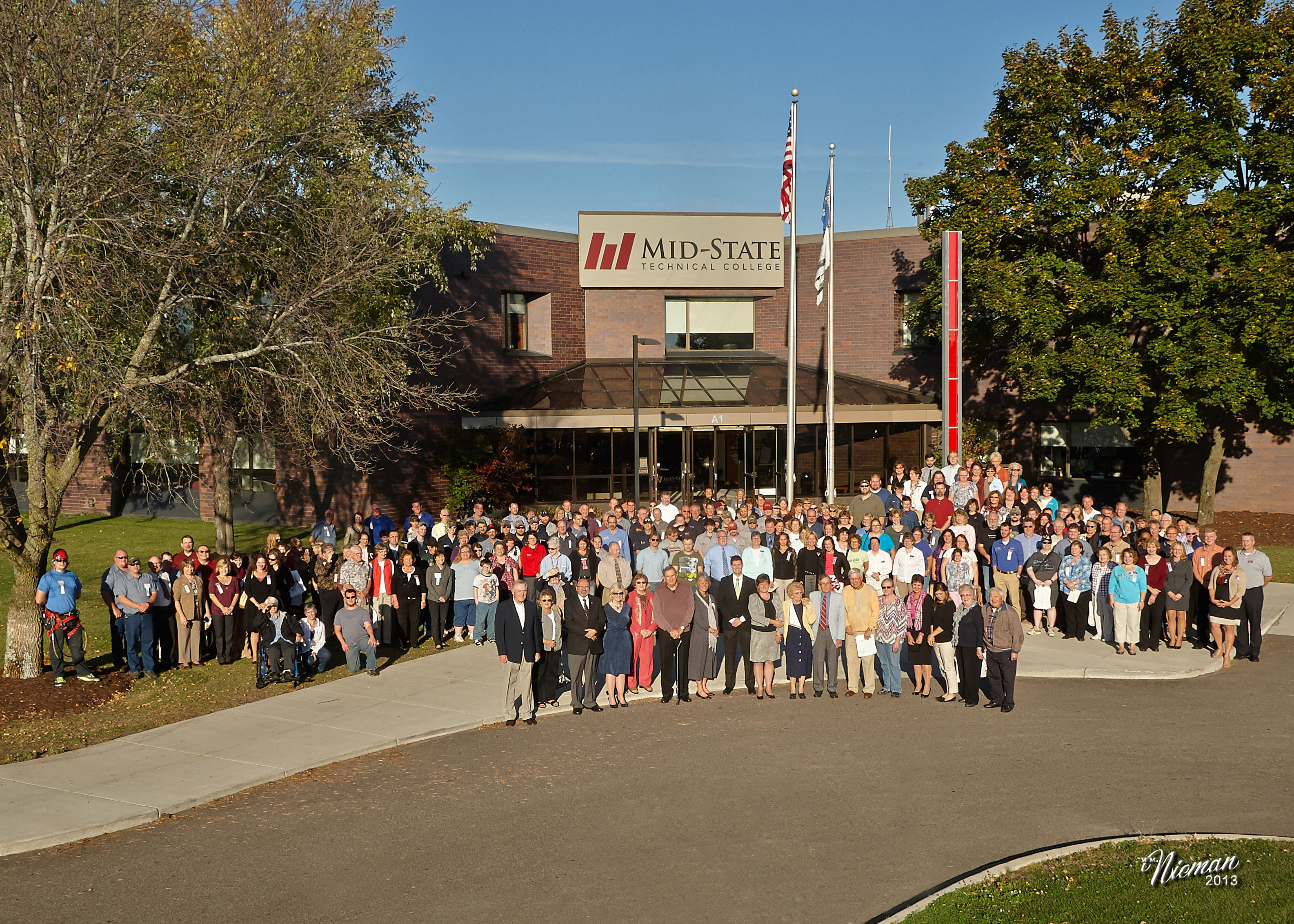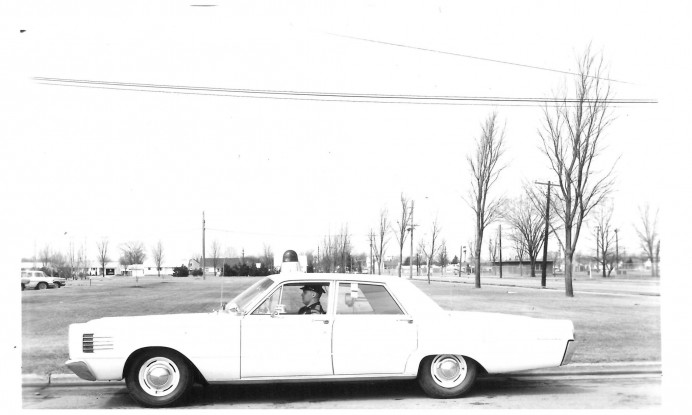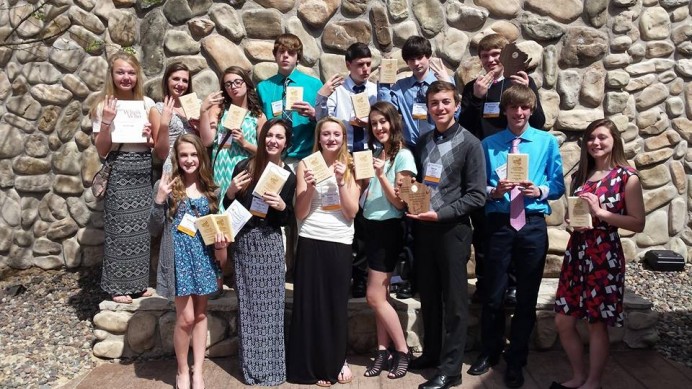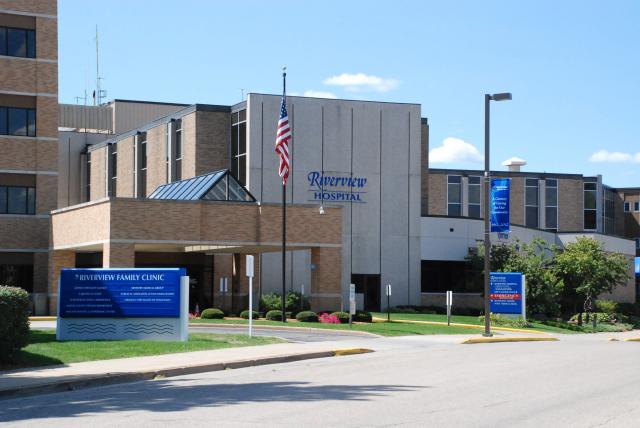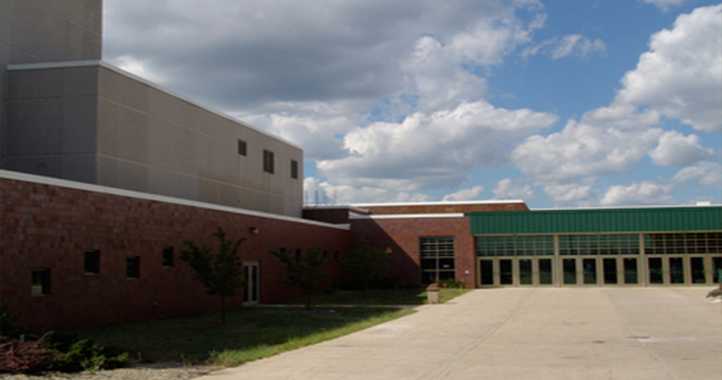100 Years Ago This Month in World War I
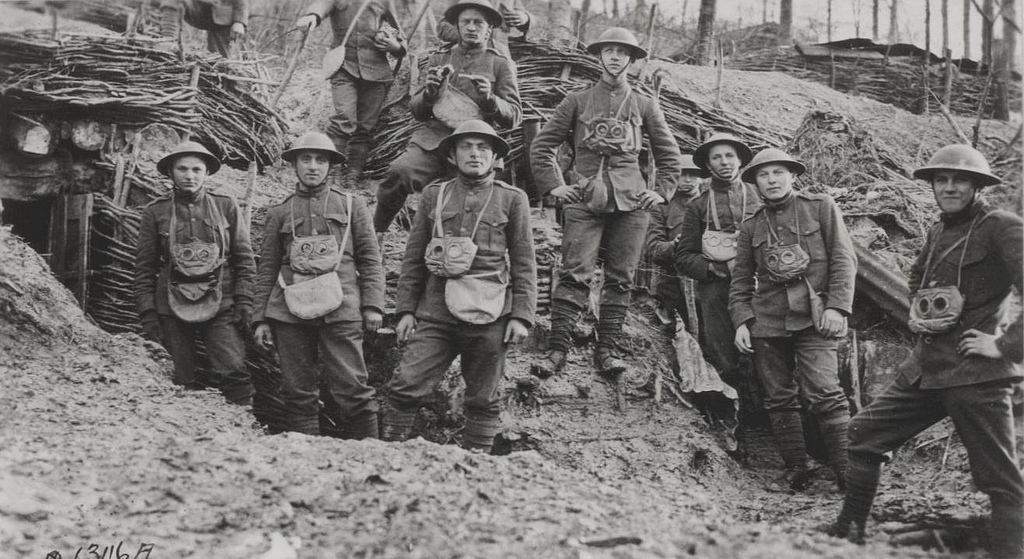
By Leon Schmidt and Gary Blum of Post 9 – American Legion of Wisconsin Rapids
Special to the City Times
In May of 1917, the French had tried and failed to accomplish a decisive victory in the war with the so-called “Nivelle Offensive”. So in June, it fell to the British to design a new strategy. Field Marshall Sir Douglas Haig prepared an attack on the German trenches at the Messines Ridge in northern France, just south the Belgium town of Ypres.
Successful British Attack on German Soldiers Leads to Continued Stalemate
The British dug 21 tunnels 50 to 100 feet below the German trenches, some up to 2,000 feet long, and filled them with more than 1,000,000 pounds of explosives. The detonations of these explosives could be heard across the English Channel in southeastern England. 10,000 German soldiers were instantly killed or buried alive. This was followed by a British artillery barrage from 2,250 guns and then an attack by British soldiers. 7,500 German soldiers were captured. Although the British were able to advance forward a significant distance, they lacked the forced necessary to convert this tactical victory into a substantial outcome. The stalemate on the Western Front continued.
Wisconsin Prepares for War
Meanwhile in Wisconsin, preparations for war had begun. Governor E.L. Phillip ordered 10,000 new uniforms, hats, leggings, shirts, blankets, and other supplies at a cost of $780,000. The state commissioned 471 officers, and enlisted 14,875 soldiers. President Wilson established June 5 as “Duty Day” on which all males of appropriate age were to register for the draft. In Wisconsin, 218,700 men registered by June 6.
Nationally, 10,000,000 men signed up. A lottery day was established at which birthdates would be drawn from lottery bowls to see who would actually be drafted. Eventually, 584,559 Wisconsinites registered, and 90,000 were sent to military camps around the country for combat training.
The University of Wisconsin joined in. The entire medical school enlisted, and at the commencement in June, 252 of the 1,105 graduates were listed as absent in war service. Over the course of the war, the UW Home Economics Department sent out 1,126,000 bulletins and posters to conserve food. Wisconsin grain production doubled from 1916 to 1918. Many UW professors entered into government service.

Wisconsin Governor Emmanuel Lorenz Phillip. (Photo Courtesy United States Public Library and Richard Norton.)
Professor Max Mason invented the submarine detector which was used to defend against German submarine warfare. A Chemical Warfare Department was established in Madison, and the university worked on creating products historically imported from Germany, like dyes for uniforms and clothing, wireless communication equipment, and aeronautical items.
The Civil War had ended only 52 years earlier; so many blueprints for how to plan for war came from experiences in the Civil War. Wisconsin was the first state to establish a system to make payments for children whose fathers were drafted, as had been done in the Civil War. Legislation similar to the 1918 Federal Soldiers and Sailors Civil Relief Act was introduced in Wisconsin in 1917. It was similar to a statute enacted early in the Civil War. The act essentially forbade soldiers from being sued while they were away from home in the service.
The Wisconsin Calvary Regiment was created May 29. Officers in this unit assembled in Milwaukee in June, and Wisconsin units that had been in Texas following Pancho Villa’s attack across the U.S. border into New Mexico returned home to join the regiment. In September, this unit became the 120th Field Artillery and was sent back to Texas to join the 32nd Infantry Division. (the famed Red Arrow Division, a name acquired later in the war for breaching the German lines)
By June 25, 1917, the first small number of American soldiers began arriving in France.

